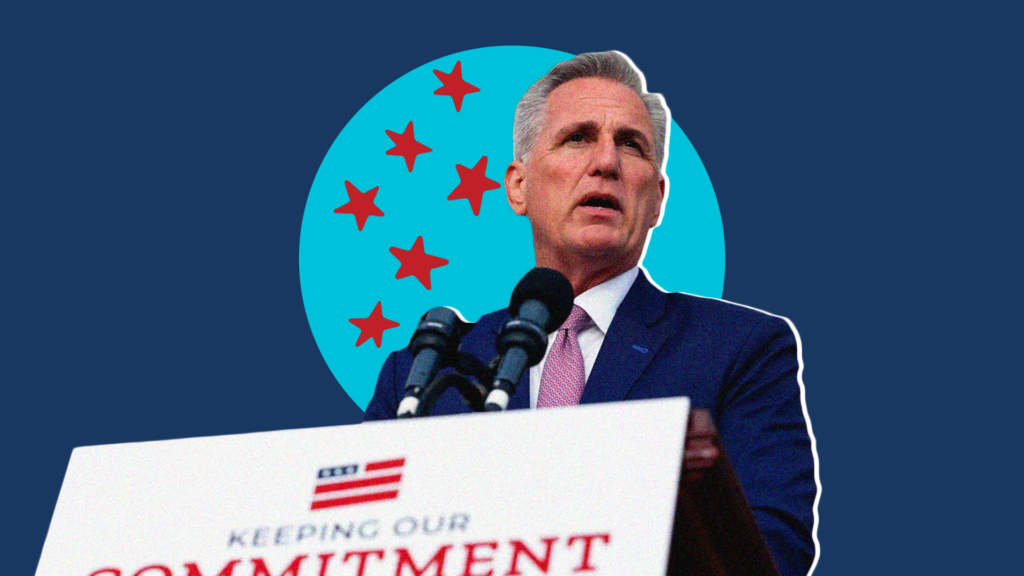High Taxes are Driving Away the Tri-state Golden Geese
“This is the flip side [of] tax the rich, tax the rich, tax the rich. The rich leave, and now what do you do?” Gov. Andrew Cuomo asked this month, and it’s a vexing question.
When Congress enacted President Trump’s tax reform a little over a year ago, many economists, ourselves included, predicted that the lower tax rates would supercharge the national economy but could cause big financial problems for the tri-state region of New York, New Jersey and Connecticut.
The cap on the state and local tax deductions at $10,000 raised the highest effective state tax rates to 12.7 percent from 7.7 percent in New York City, to more than 10 percent from 6.5 percent in New Jersey, and to 7 percent from 4.2 percent in Connecticut.
The danger was clear: Unless these states cut their taxes sharply, they would witness an exodus of wealthy residents, who would migrate to low-tax states like Florida, Tennessee and Texas, taking their money with them and dramatically diminishing the tax base in their home states.
Cuomo is now calling the SALT change “diabolical.” But Albany sat back and did nothing. Ditto for legislators in Hartford. And in Trenton, they raised taxes.
The exodus may already be underway.
The latest data from the United Van Lines, which are a good proxy for where Americans are moving to and from, show which states had the highest percentage of leavers in 2018. New Jersey was first. Connecticut came third and New York fourth. (Illinois came second — also a very high tax state.)
The irony: For years, liberals like Cuomo argued that firms and wealthy individuals don’t make location decisions based on taxes. But now they are forced to admit that the SALT cap, which primarily affects the richest 1 percent, is depleting state coffers.
They want the policy reversed, but it isn’t going to happen.
Even before the SALT cap, high taxes in New Jersey and Connecticut were hurting state revenues. Everyone in the tri-state area knows full well that the rich routinely change their residence by moving for at least 183 days of the year to the likes of Arizona, Florida, Tennessee, Texas and Utah.
Still Connecticut and New Jersey have led the nation in tax hikes on wealthy residents over the last three years while progressives cheered them on.
How has this worked out for these states?
A 2018 Pew study on which states are bleeding the most red ink ranked New Jersey worst, Connecticut fourth worst and New York ninth worse. If New York has done a little better than the other two, it’s because pension liabilities in the Empire State aren’t as deep as they are in its neighbors.
Bottom line: The more Connecticut, New Jersey, New York and other blue states raise taxes, the worse the fiscal outlook.
And the more people leave the region. In the last 10 years, New York lost 1.3 million net residents, New Jersey 516,000 and Connecticut 176,000.
There is also a useful warning here for the soak-the-rich crowd in Washington. If a rise in the state tax rate to 13 percent from 8 can have this big and immediate negative impact, think of the economic carnage from doubling of the federal tax rate to 70 percent, as some want to do.
The wealthy would relocate their wealth and income in low-tax havens like Hong Kong, the Cayman Islands and Ireland. That would do wonders for the middle class — living in these foreign countries.
We are sticking with our warnings from last year, which are turning out to have been spot-on. If the tri-state area doesn’t reverse its taxing ways, let alone makes things worse every year, these once prosperous and dynamic states will be fiscally bled to death as tens of thousands more rich taxpayers leave.
They will escape Greenwich, Long Island and the Jersey Shore for places with warmer weather, more sunshine and income taxes as low as zero. Cuomo was right: This is “as serious as a heart attack.” Why isn’t anyone doing anything about it?



